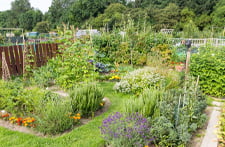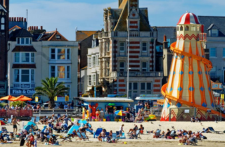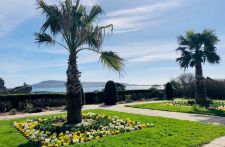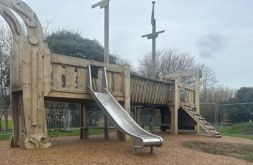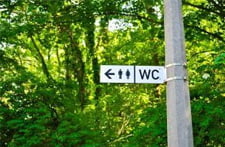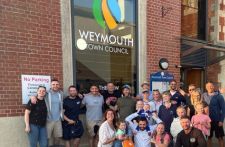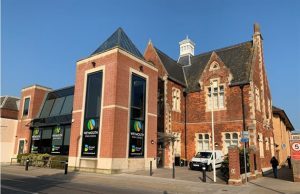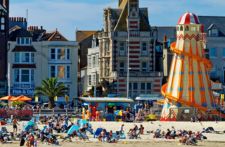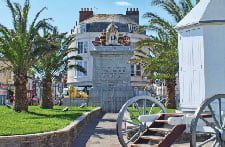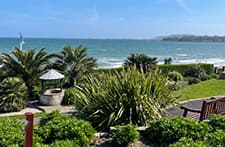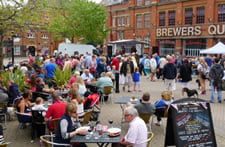A Vision for Weymouth
The first stage of preparing a Neighbourhood Plan is to prepare the ‘Vision and Aims’.
The ‘vision’ is the main statement that describes the needs, expectations, and aspirations of the community. It helps to guide the Neighbourhood Plan, so it is reflective of what the community want the neighbourhood area to be like at the end of the plan period.
To create a vision for Weymouth that is consistent with the values and priorities of the community, we asked residents to complete a survey to tell us about their neighbourhood and what they would like to see.
We will use the results from the survey to draft a ‘Vision for Weymouth’ and aims for the Neighbourhood Plan. The draft vision and aims will be discussed at the next Steering Group meeting on 22 March 2021.
Survey results
We received over 400 responses from local people, telling us about the views and needs of the community. Here’s what you told us.
What do you like most about Weymouth?
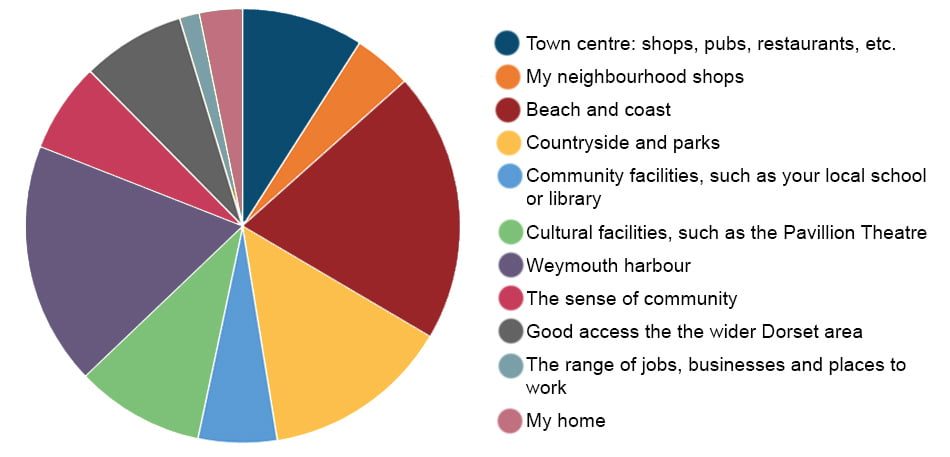
The feature that participants most like about Weymouth is the beautiful beaches and coastline with 93% selecting this option. Responses state that it gives the area its unique character, with some responses going into detail referring to the UNESCO heritage coastline.
A close second ranking is Weymouth Harbour at 83%. Specific reference was given to the Heritage of the Town Centre and Harbour in the ‘Other’ comments.
The third most popular feature is the ‘countryside and parks’ with specific reference made to the RSPB reserves and the walking routes around the town, with 64% selecting this.
What do you dislike most about Weymouth?
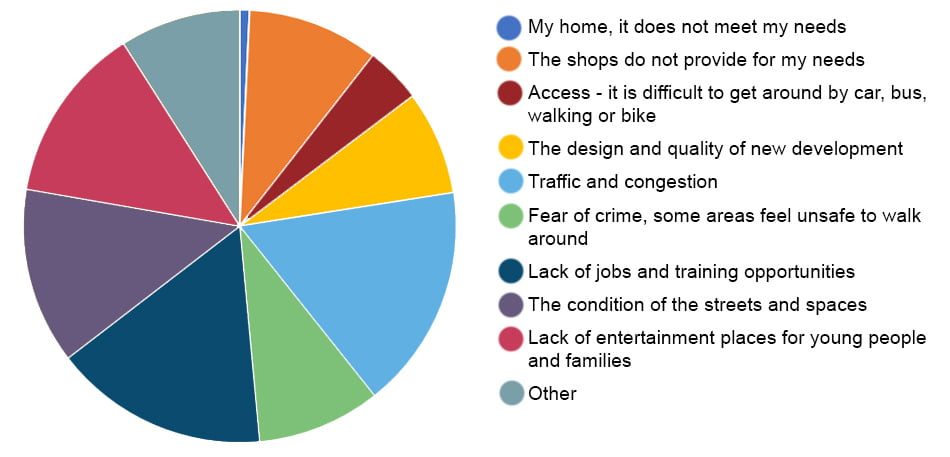
There was a strong response to the things that respondents dislike about Weymouth. Traffic and congestions scored the highest with people quoting inappropriate traffic lights, crossings and access to wider Dorset.
A close second was lack of jobs and training opportunities with many quoting young people in the comments section.
Joint 3rd were the condition of the streets and spaces and lack of entertainment places for young people and families.
Of those that commented in the ‘other’ section, the majority described in more detail their specific concerns with the previous topics. However, additional issues that were raised included the run down nature of the town centre (quoted 32 times) and lack of regard for the reuse and appropriate management of these buildings, particularly as they are heritage assets and brownfield sites appropriate for reuse. Parking was also cited 15 times.
What is the most important issue that the Neighbourhood Plan should address?
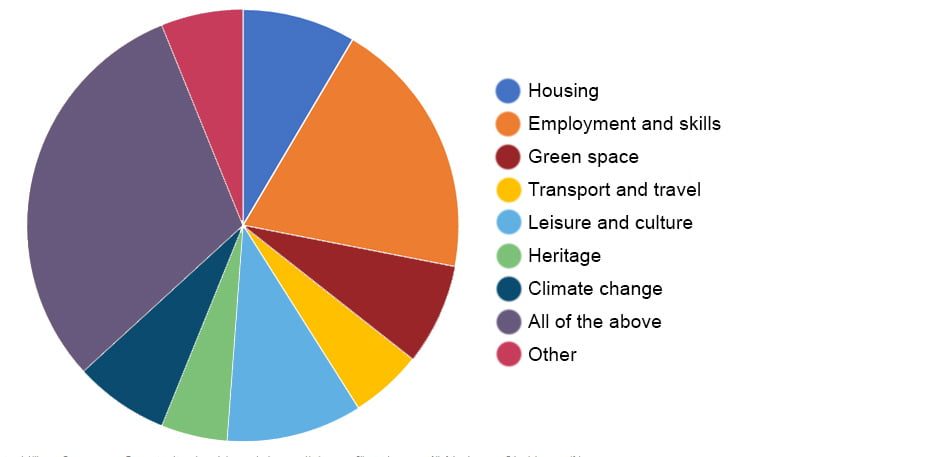
Approximately 30% of answers were given for ‘All of the above’, highlighting that it was difficult to decide what was the most important.
Second to this was employment and skills which was just shy of 20%. Following this 10% thought that Leisure and culture was the most important followed by Housing, Green space and climate change.
Transport and travel and heritage featured the lowest on the list.
How important is it to provide homes that everyone can afford to live in?

How important is it to provide good quality jobs, work spaces and training opportunities?

How important is good quality design which is sensitive to the environment?

How important is it to reduce carbon emissions, by reducing traffic and improving cycling and walking?

What are your priorities? Tell us your views on housing, employment and skills, green space, transport and travel, leisure and culture, heritage and climate change.



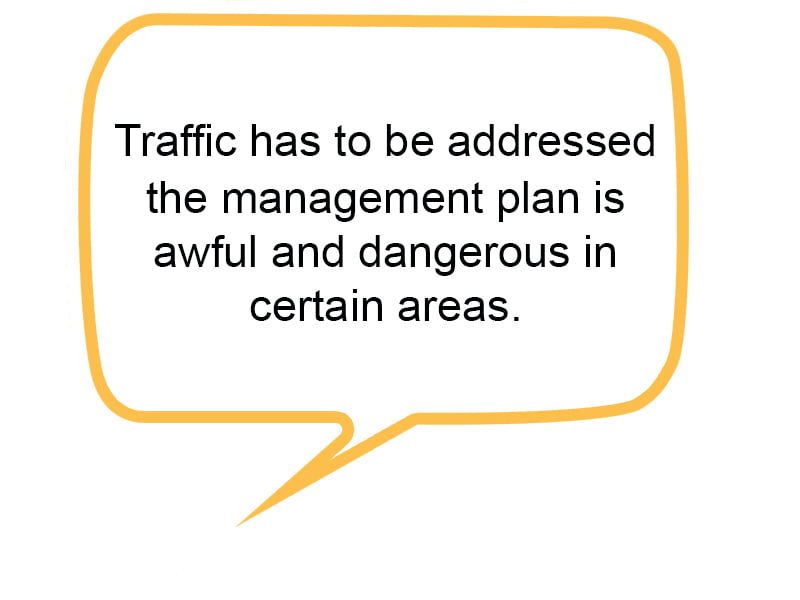
The final question allowed for respondents to have an open response on their ‘Priorities’ for Weymouth.
The majority still chose to express concerns for employment with 96 people choosing to discuss this issue. This included the limited typology and lack of year-round jobs, with poor wages and lack of skilled jobs being repeatedly cited. Young people were a particular concern in this sector as well as a big employer.
Sustainable tourism and marine or climate based employment was suggested. Town centre and harbour regeneration was offered as a solution.
Social enterprises were mentioned in different forms with 29 people mentioning this.
Affordable housing for local people was also cited, specifically 93 times, with particular concern for young people. The blame was made on second home or holiday home owners and retirees retaining family homes due to insufficient bungalows or homes to move onto.
There was a strong request to utilise existing empty buildings, particularly those in the town centre and heritage buildings. As well as a desire to avoid green field sites.


